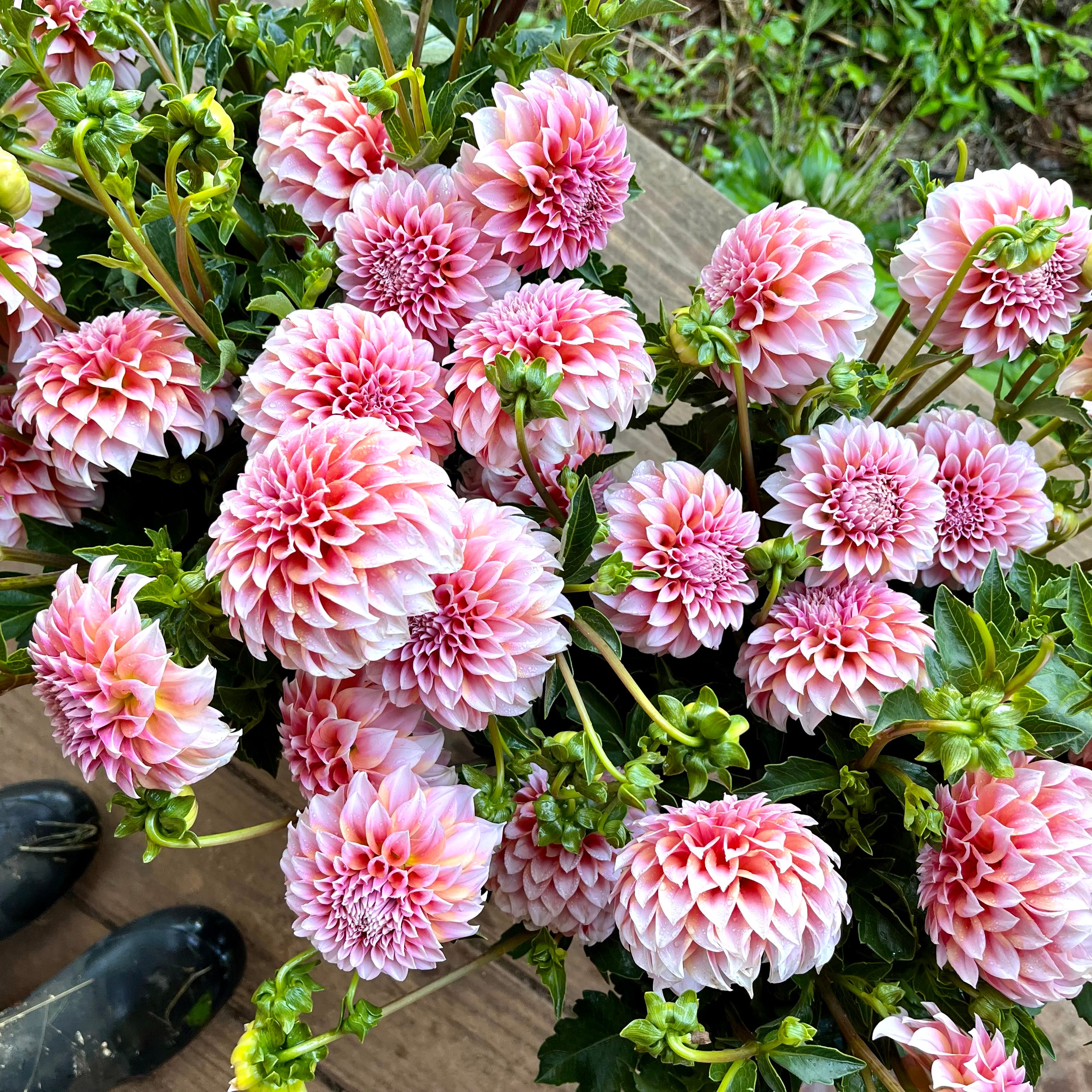
A Little Hope 8/18/23
Posted on
Some of you may have studied the carbon cycle in a biology class. Much of Earth and everything that lives upon it is made out of carbon. The carbon cycle is basically the sum total of earth’s carbon above ground in all it’s forms and interactions. The carbon you breath out when you exhale goes into the lower atmosphere and gets inhaled by a rose bush that converts it into the structure of a leaf, which then gets eaten by a deer who converts it into body mass and so on. In all of those transactions, the sum total above ground is the same. Whether it’s in the form of a gas, a liquid or a solid, the total is relatively constant and whatever isn’t currently existing as part of a living being or a mineral is existing as part of the atmosphere.
For hundreds of thousands of years, that carbon cycle, particularly the atmospheric portion, has had a pretty stable total. Since atmospheric carbon traps heat, it literally makes our planet warm enough for us to live on. It acts as a blanket that warms us as we hurdle through the infinite cold of space. Atmospheric carbon, within our steady carbon cycle, has been a friend that provided us the Goldilocks weather conditions our civilizations have thrived in in the human age.
It’s easy enough to determine how much carbon was in the atmosphere 100,000 years ago through methods like ice core samples. What is interesting when observing data like this is that it shows that the total carbon in our carbon cycle was fairly steady until the industrial revolution. When humans started digging up carbon that was buried for millions of years and burning it for energy, we began to shift the equation by adding a lot more carbon to the atmosphere. The more carbon added, the more heat gets trapped in the atmosphere, and the more we get pushed outside of the Goldilocks zone where we begin to have increases in hurricanes, droughts, heat waves, wildfires etc..
Learning in Chemistry that each gallon of gas burned releases 20 lbs of carbon dioxide into the atmosphere shocked me back in the 90's. I then calculated how much carbon my little Toyota put into the atmosphere as I drove back and forth to study ecology and lost my breath as I choked on the irony. When I took that number and multiplied it by the total vehicles on the road (284 million vehicles currently), my life was forever changed. Desperate to be out of that loop, I longed for solar panels and an electric vehicle, but had no money, no home and no options.
I’ve spent the rest of my life converting vehicles to run on plant based fuels, installing solar panels, building hyper efficiently (often times with natural materials), and trying to earn a living by being ecologically responsible. I don’t know how this story ends, but whenever I see technology that promises not only to slow carbon emissions, but to actually remove carbon from the atmosphere and put it back into the earth for thousands of years, I gain a little hope. Especially when that technology is simple, affordable, and scalable.
We just received an email update from our Web Provider (Shopify) about a project that we are helping to fund through our website and it was a joy to read. If you run a small business with Shopify, we encourage you to add the “Planet” app to your website to use for carbon offsets. If you know a small business owner who uses Shopify, please recommend it to them. It’s hard for one person to make a big impact, but if we collectively chip in, we can move the needle. These programs aren’t just “greenwashing” and doing things like planting trees that won’t ever get watered, but they are directly funding long term sequestration projects that might actually make a difference. You can read about this new tech here. And you can check out the Planet app for your business by clicking here!
As always, thank you for your support of our efforts to be responsible global citizens. We want as much good as possible to come out of this farm, whether that good be in the form of a flower, a plant, a smile, or a link to a carbon sequestration organization.
And for a quick glimpse of life out here…..It’s a beautiful week on the farm. We just had our first small dahlia harvests and sent out the first dahlia boxes of the year. We’ve been buying-in tons of goodies from makers all over the country to fill the farm store in the weeks and months to come. The crew is weeding the heck out of this unruly farm and I’ve been wrestling all the broken machinery, while Mandy and Rachel are both planning for a big spring and getting plants ready for the upcoming Fall plant sale.
Wishing you all a bright future and a wonderful weekend!
-Steve
quick links
contact us
135 Francis Hill Road
Comer, GA 30629
info@3porchfarm.com
